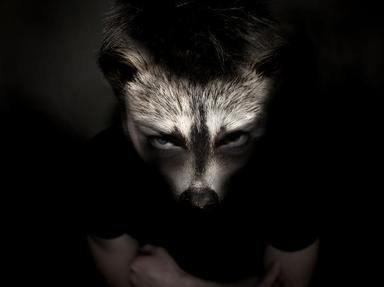Quiz Answer Key and Fun Facts
1. Canine with thick fur that is brown/gray in the summer and white in the winter
2. Cervine, in most species both males and females have antlers
3. Large folivore lagomorph with short ears
4. Type of stoat with a black tip on its tail
5. Rodent that does NOT commit mass suicide
6. Antarctic waddling avid
7. Bovid that sometimes emits a strong odor
8. Ursine that hunts seals
9. Cetacean that has no dorsal fin
10. White diurnal avian
Source: Author
ponycargirl
This quiz was reviewed by FunTrivia editor
NatalieW before going online.
Any errors found in FunTrivia content are routinely corrected through our feedback system.
